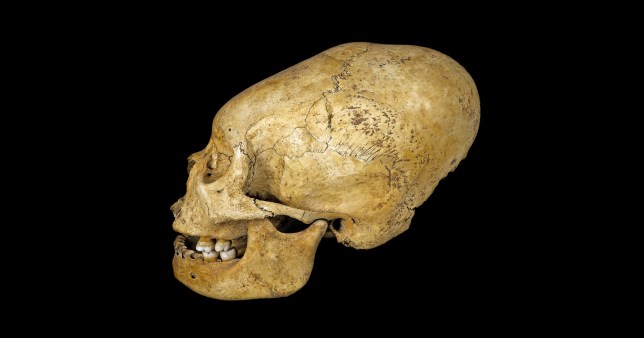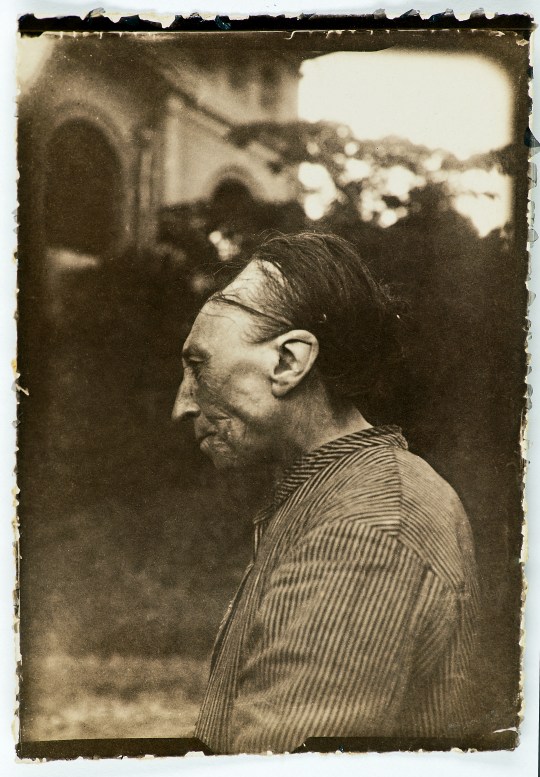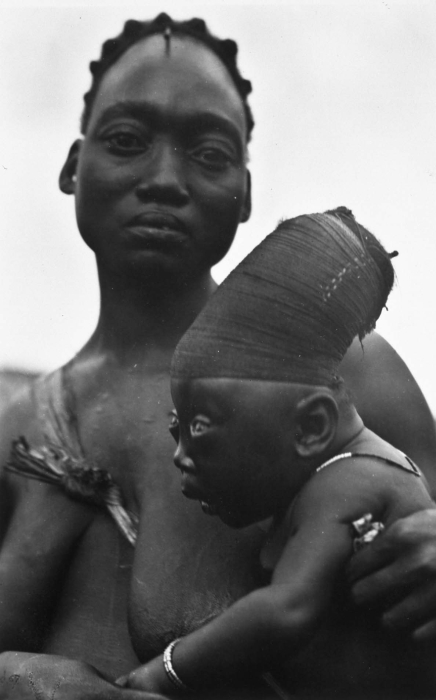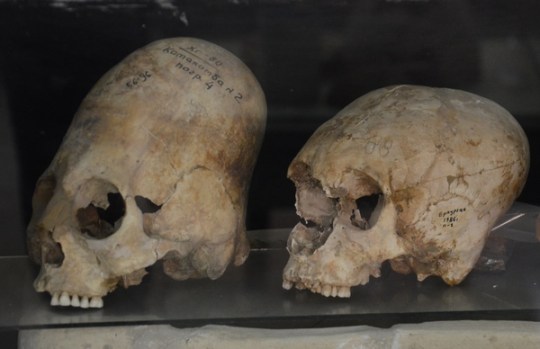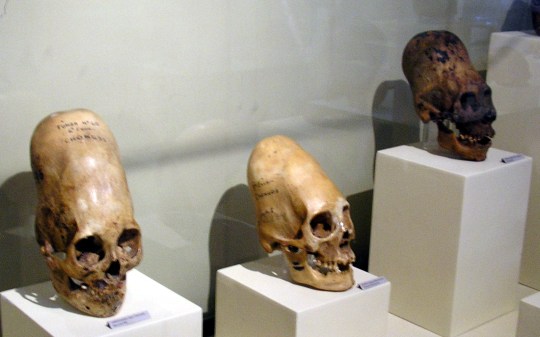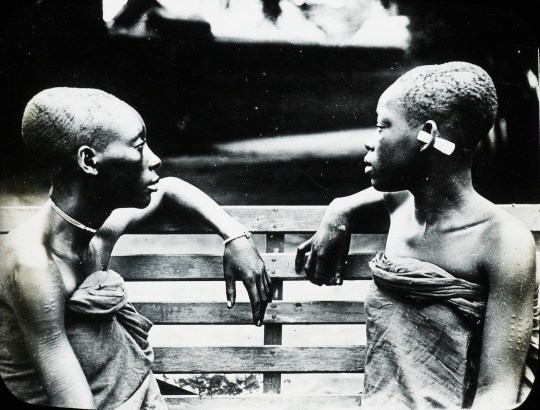Standards of beauty and status have changed and developed around the world and throughout time – leading to some distinctly alien-looking skulls that now sit in museums.
Head binding, also known as artificial cranial deformation, is a form of body alteration where the skull of a person is deformed intentionally, usually when they are a baby.
Reasons for the head binding have been said to have ranged from the aesthetic, to the idea that the brain’s ability to hold certain types of thought depend on its shape.
The practice has led to some unusual-looking skulls – flat shapes, elongated cones, and rounded heads.
However, conical head shapes seem to be the best preferred and have been seen in various cultures.
Eurasia
Head binding has been practised all over the world, and was noted as a symbol of royalty.
Kings belonging to the Alchon Huns, who were around in the 4th and 6th centuries, were renowned for their elongated skulls, which was thought to be something that helped distinguish them from other people – and their head shapes were engraved on coins.
The practice also happened throughout Eastern Europe, around 300-600 CE, where tribes ruled by the Huns such as the Gepids, Ostrogoths, Heruli, Rugii and the Burgundians also adopted this shape.
However, for some of the tribes, the practice was adopted by women only, and it is thought this was done using bandages.
Across Western Europe, elongated skulls of three women were recently discovered on the now-Swedish island of Gotland and nowhere else in Scandinavia, which suggests that the practice came from elsewhere.
However, head binding has been found in France too, such as in Toulouse, and occasionally among Sámi people – who live in the region of Sápmi, the northern areas of Norway, Sweden, Finland and western Russia.
In France, the cranial deformations occurred until the early 20th Century. However, some experts say this was the result of an ancient medical practice in which the baby’s head was tightly wrapped and padded among the French peasantry, known as bandeau, to protect it from impact and accident after birth – rather than to deliberately change the shape.
Americas
Two of the more famous examples of head binding are the Maya and Incas.
The Mayan civilisation used different techniques and instruments to flatten the frontal bone.
According to the Journal of Neurosurgery, a conversation between a Mayan and an early Spanish missionary revealed the reason was a mixture of aesthetic and practical.
He said: ‘This is done because our ancestors were told by the gods that if our heads were thus formed we should appear noble and handsome and better able to bear burdens.’
The Incas, who lived in Peru, also practised head binding and would wrap tight cloth straps around the heads of newborns to alter their head shape, which researchers from the Field Museum believe was to mark different ethnicities across the Inca empire.
In 1928, archaeologist Peruvian archeologist Julio Tello found hundreds of elongated, cone-shaped skulls in the Paracas region of Peru. The skulls are so extreme that more recently, they have been the subject of conspiracy theories online that they could be alien in nature, but like others, arose as a result of head binding.
The skull shape was found more in females than males, but other studies have found that the skulls seemed to be evenly distributed among the status groups, suggesting the head binding was not done for nobility status.
Some North American tribes such as the Choctaw and Nooksack would tie their baby’s head to a cradleboard, a small wooden baby carrier, to flatten it.
For members of the Native American tribe the Chinookan, cradleboards would be used to create an elongated head for the first year of their life, as it indicated wealth and tribal identity.
Those who did not have their head flattened were slaves, but this practice died out in the 1950s.
Southeast Asia
Head binding has been seen across the globe at various times, including in tribes across the central islands of the Philippines.
This was thought to be for aesthetic purposes, as the pre-colonial standard of beauty was of broad faces and receding foreheads, with the ideal skull dimensions being of equal length and width.
To achieve this look, a baby’s forehead was bound with bandages and fastened tightly at the back.
On the southern Japanese island of Tanegashima, parents bound their children’s skulls to flatten the back of them, which is thought to have been an expression of identity.
In China, the practice spanned centuries. Archaeologists at the Houtaomuga site found skulls have found the earliest examples, dating back up to 12,000 years ago, when cranial modification was thought to be a sign of wealth or status.
Africa
In Central Africa, the Sudanic group known as Mangbetu, elongated their heads using a cloth called the ‘lipombo’. An elongated skull was a status symbol among the ruling classes and represented majesty, beauty, power, and higher intelligence
However, the custom began to die out in the 1950s due to Westernisation.
MORE : With no passports, Vikings filed grooves into their teeth for ID
MORE : French grave reveals grisly Mafia-style murder
MORE : Thousands of years ago, people lived in a massive lava tube
Get your need-to-know
latest news, feel-good stories, analysis and more
This site is protected by reCAPTCHA and the Google Privacy Policy and Terms of Service apply.

